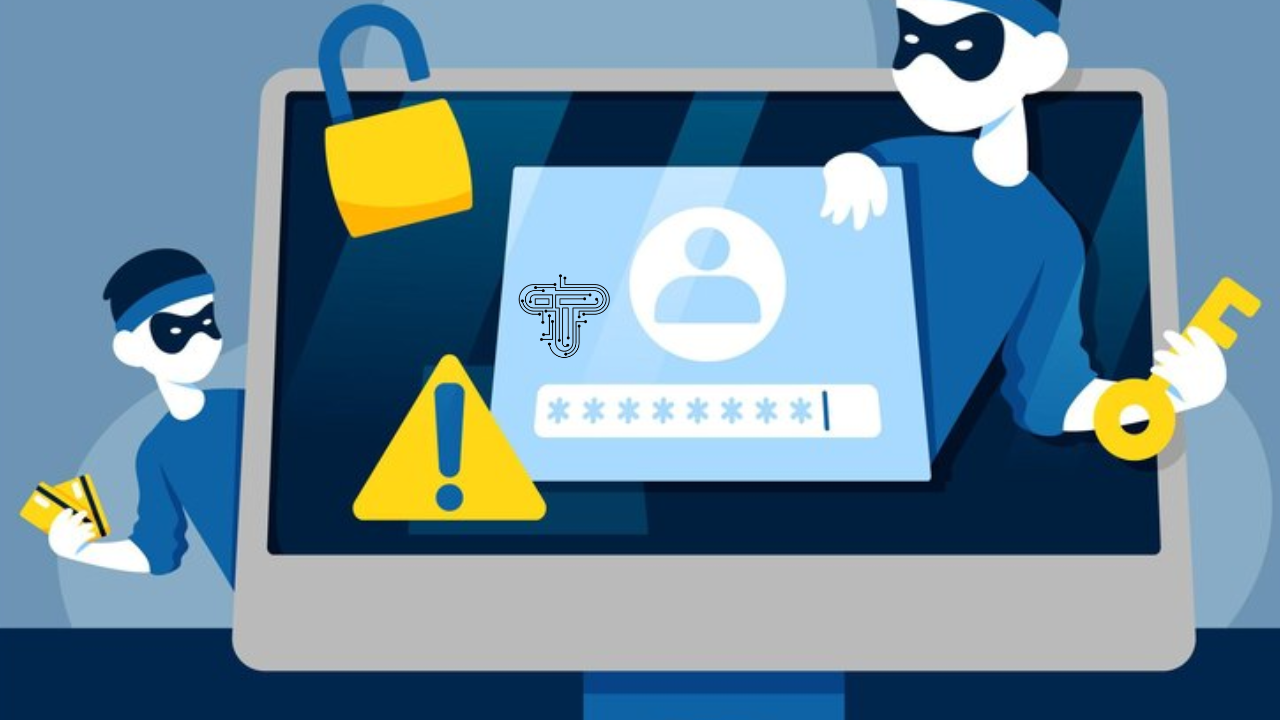Understanding the “9300120111410471677883” Scam

The “9300120111410471677883” scam is a phishing scheme in which perpetrators send messages—via email, text, or voicemail—purporting to be from the USPS. These communications inform recipients of a supposed delivery issue, citing the tracking number “9300120111410471677883” to lend authenticity. Recipients are prompted to click on a link to resolve the delivery problem, redirecting them to a counterfeit USPS website designed to harvest personal and financial information.
Mechanics of the Scam
The scam unfolds in several stages:
- Initial Contact: Victims receive unsolicited messages claiming a package delivery failure due to an incorrect address, accompanied by the tracking number “9300120111410471677883.”
- Redirection to Phishing Site: The message includes a link purportedly leading to the USPS website. However, clicking the link redirects the victim to a fraudulent site closely mimicking the official USPS platform.
- Data Harvesting: On the fake site, victims are asked to provide personal information, such as name, address, and payment details, under the guise of rescheduling the delivery.
- Exploitation: The collected information is used for identity theft, unauthorized financial transactions, or sold on the dark web.
Identifying Red Flags
To protect oneself from such scams, it’s crucial to recognize warning signs:
- Unexpected Communications: Be wary of unsolicited messages regarding deliveries, especially if you are not expecting a package.
- Generic Greetings: Legitimate organizations typically address customers by name. Generic salutations like “Dear Customer” can indicate a scam.
- Urgency and Threats: Scammers often create a sense of urgency to prompt immediate action without consideration.
- Suspicious Links: Hover over links to check their actual destination. Fraudulent URLs may resemble legitimate ones but often have subtle differences.
- Requests for Personal Information: Legitimate delivery services do not ask for sensitive information via unsolicited messages.
Protective Measures
To safeguard against such scams:
- Verify Directly: If you receive a suspicious message, contact the delivery service using official contact information to verify the claim.
- Do Not Click on Suspicious Links: Avoid clicking on links in unsolicited messages. Instead, navigate to the official website by typing the URL directly into your browser.
- Monitor Financial Statements: Review bank and credit card statements regularly for unauthorized transactions.
- Report Suspicious Activity: Report phishing attempts to the relevant authorities, such as the Federal Trade Commission (FTC) or the Anti-Phishing Working Group (APWG).
Read More
Conclusion
The “9300120111410471677883” scam exemplifies cybercriminals’ evolving tactics of exploiting the trust individuals place in established institutions like USPS. By staying informed about such schemes and adopting vigilant practices, individuals can protect themselves from falling victim to these fraudulent activities. Remember, skepticism and due diligence are vital tools in the fight against cybercrime.


